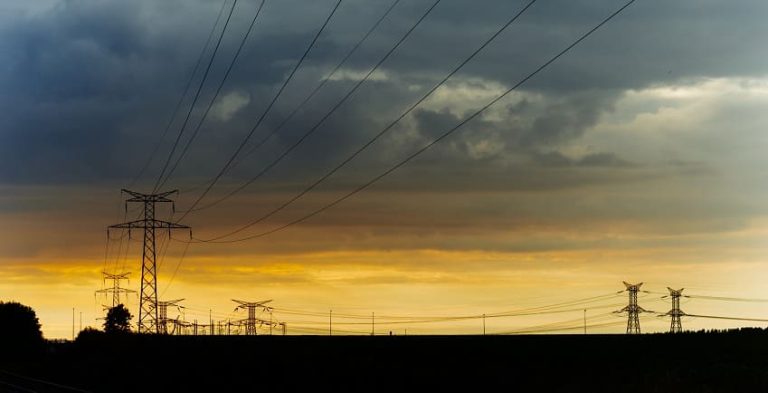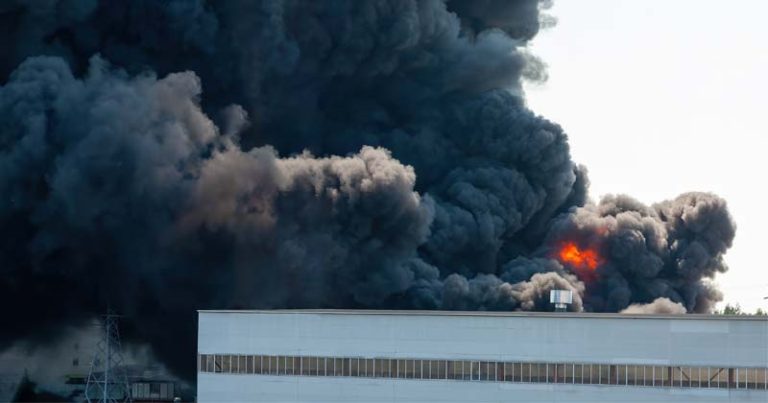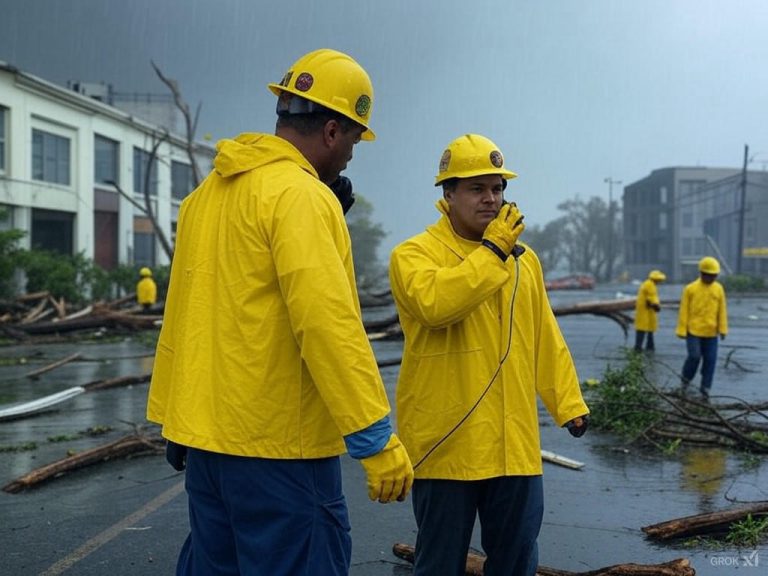The Sensible Guide to EMP Protection and Preparation

Electromagnetic pulses (EMPs) may sound like science fiction, but their potential to disrupt modern electronics is a topic of serious discussion among preparedness enthusiasts, engineers, and policymakers alike. Whether you live in a bustling urban center or a quiet rural area, understanding the risks and planning accordingly can make all the difference in safeguarding your family and assets. In this guide, we’ll explore what EMPs are, how they can impact our everyday lives, and—importantly—how preparation strategies might differ between city and rural environments.
What Is an EMP?
An electromagnetic pulse is a burst of electromagnetic energy that can result from natural events like solar flares or from man-made sources such as high-altitude nuclear detonations. The key concern with EMP events is their ability to induce strong electrical currents in conductive materials, potentially damaging or destroying electronic devices and critical infrastructure. This disruption can affect everything from power grids and communication networks to transportation systems and even water supplies.
How EMPs Impact Infrastructure
Modern society is heavily dependent on electronics. An EMP event could cause widespread outages, rendering many daily conveniences—and essential services—nonfunctional. The immediate effects might include:
- Power grid failures: The loss of electrical power can shut down hospitals, water treatment plants, and other vital services.
- Communication breakdowns: Radios, cell phones, and the internet could all be compromised.
- Transportation disruptions: Modern vehicles, which increasingly rely on electronic systems, might experience malfunctions or come to a halt.
- Economic disturbances: The inability to process transactions or access financial systems could lead to widespread economic instability.
Given these potential outcomes, taking steps to protect your essential devices and prepare for the aftermath of an EMP is a critical aspect of modern emergency planning.
City vs. Rural: Unique Vulnerabilities and Advantages
Urban Environments
Vulnerabilities:
- High Density of Electronics: Cities are hubs of technology and rely on extensive electronic infrastructure, making them particularly susceptible to EMP-induced disruptions.
- Interconnected Systems: Urban areas depend on intricate networks (e.g., public transportation, centralized power grids) that can experience cascading failures if one part is compromised.
- Population Density: With more people in close quarters, resource shortages (like food, water, and medical supplies) could become severe more quickly.
Advantages:
- Access to Resources: Cities generally offer quicker access to emergency services, medical facilities, and community support.
- Redundancy: Some urban centers may have backup power systems and more robust emergency plans in place due to their higher risk profile.
Rural Environments
Vulnerabilities:
- Isolation: Rural areas may experience delays in receiving aid and supplies following an EMP event, which can be critical during the initial stages of recovery.
- Limited Infrastructure: Although there’s less reliance on complex electronics, many rural areas may lack the redundancy seen in cities, meaning a few critical failures could have a profound impact.
- Resource Constraints: In some cases, rural residents might have fewer community resources or emergency services available.
Advantages:
- Self-Sufficiency: Many rural dwellers have experience with off-grid living, including having independent sources of water, food production (gardens or small farms), and even alternative energy systems like solar panels.
- Lower Density: With fewer people, the competition for limited resources in the immediate aftermath of an EMP may be less intense.
EMP Protection Strategies for Urban Residents
Living in a city means contending with a highly interconnected environment. Here are some targeted strategies for urban dwellers:
-
Invest in Faraday Cages and EMP Bags:
- What They Are: Faraday cages are enclosures made of conductive materials that block external electromagnetic fields. EMP bags offer a portable alternative for safeguarding critical electronics like radios, cell phones, and spare parts.
- City Benefit: Protecting your devices can be especially crucial in a city where the failure of the power grid and communication networks could have immediate and far-reaching effects.
-
Develop Redundant Communication Plans:
- Radio Communication: Invest in battery-powered or hand-crank radios. Ham radios might also serve as a viable backup if properly protected.
- Meeting Points: Establish designated meeting locations that are away from urban centers to reconnect with loved ones if city communication networks fail.
-
Stock Essential Supplies:
- Food and Water: Keep a reasonable stockpile of non-perishable food and bottled water. Urban areas may face logistical challenges in restocking these essentials quickly.
- Medical Kits: Ensure you have a comprehensive first-aid kit and necessary medications, considering the potential strain on local healthcare systems.
-
Plan for Transportation:
- Alternative Routes: Familiarize yourself with less congested routes that may remain viable if traffic management systems fail.
- Bicycles or Electric Scooters: Consider having non-electronic means of transportation to navigate the city if traditional vehicles become inoperable.
EMP Protection Strategies for Rural Residents
While rural residents might enjoy certain self-sufficiency benefits, they also face unique challenges when it comes to EMP preparedness:
-
Enhance Your Off-Grid Capabilities:
- Renewable Energy: Ensure your renewable energy systems (solar panels, wind turbines) are EMP-protected. Consider investing in manual backup options for critical tasks.
- Water Sources: Secure and maintain independent water supplies, such as wells or rainwater collection systems, which are less likely to be affected by an EMP compared to centralized utilities.
-
Strengthen Community Bonds:
- Local Networks: Rural communities often benefit from strong local networks. Coordinate with neighbors to develop mutual aid agreements, share resources, and establish communal communication plans.
- Local Defense: Consider organizing local meetings or training sessions on EMP preparedness, ensuring that everyone knows basic first-aid, mechanical repairs, and alternative communication methods.
-
Protect Your Electronics:
- Faraday Solutions: Like urban dwellers, rural residents should consider Faraday cages or EMP bags to protect essential electronic equipment—especially if you rely on them for farming, weather forecasting, or communication.
- Backup Tools: Maintain non-electronic backups for critical functions (manual tools, paper maps, and physical copies of important documents) to avoid total dependency on electronic systems.
-
Plan for Isolation:
- Emergency Supplies: Given the potential delay in outside assistance, maintain a larger reserve of food, water, fuel, and medical supplies than might be necessary in urban settings.
- Self-Reliance Training: Enhance skills in gardening, basic mechanics, and first-aid, which are invaluable when external help is slow to arrive.
General EMP Protection Tips for Everyone
Regardless of where you live, consider these universal steps to enhance your EMP resilience:
- Stay Informed: Understand the science behind EMPs, potential triggers, and historical precedents. Knowledge is your first line of defense.
- Regular Maintenance: Test and maintain your backup systems regularly to ensure they remain functional when needed.
- Document and Secure: Keep physical copies of important documents and maps. Digital backups may not be accessible in a post-EMP scenario.
- Emergency Drills: Conduct regular emergency drills with your family to ensure everyone knows what to do in the event of an EMP or similar crisis.
- Insurance and Finances: Review your insurance policies and consider keeping a reserve of cash in a secure, EMP-protected location, as electronic banking might be disrupted.
Conclusion
Preparation for an EMP event is not about succumbing to fear but rather about making thoughtful, strategic decisions that can protect you and your community. City residents should focus on shielding their high-density electronic environments and maintaining rapid communication networks, while rural dwellers can leverage their self-sufficiency and community ties to weather extended disruptions.
Whether you’re crafting a survival kit in a skyscraper or safeguarding your off-grid homestead, understanding the distinct challenges and advantages of your environment is the first step in building a resilient future. Remember, while we can’t predict the exact nature of an EMP event, smart preparation today can make a significant difference tomorrow.





